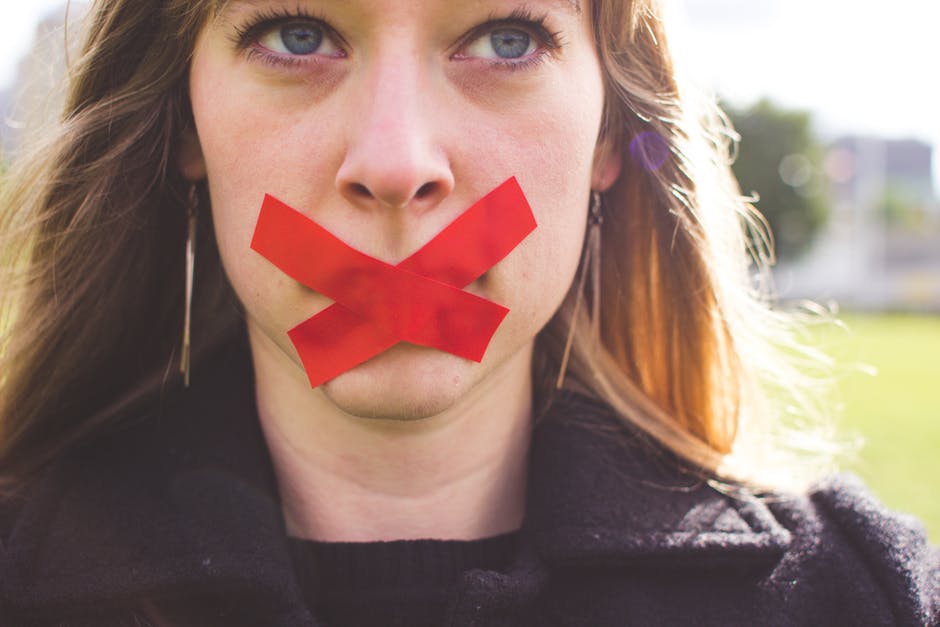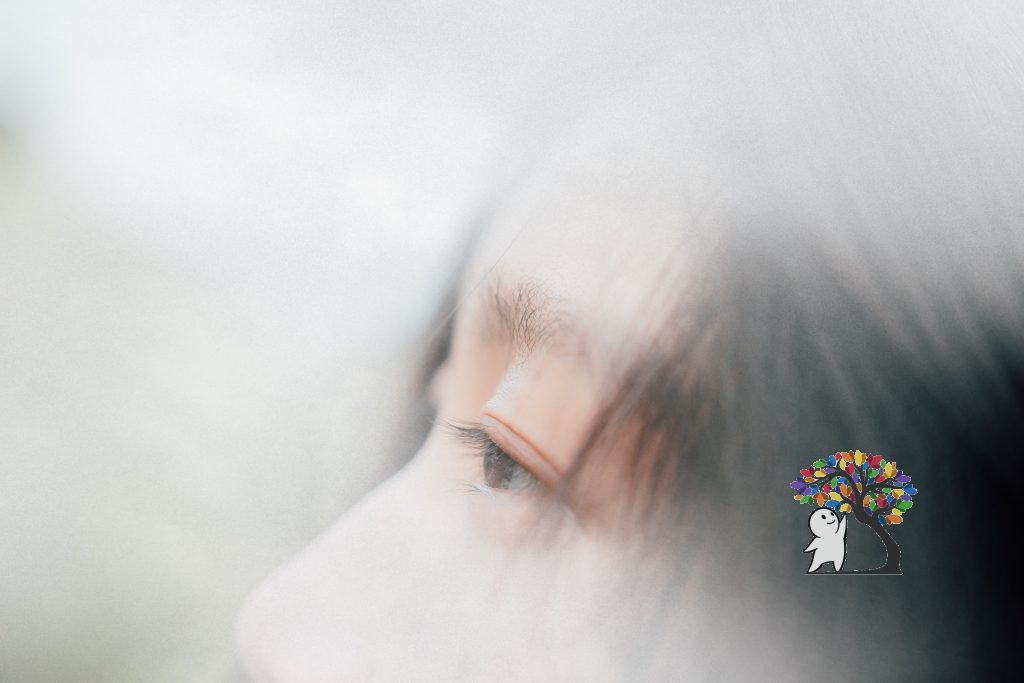8 Signs of Second-Hand Trauma

Disclaimer. This article discusses trauma and its symptoms. If you are exposed to trauma or have survived it and would like help, please reach out to a licensed medical health professional.
Have you ever been placed in a conversation where you don’t know how to react? Not because you could not empathize, but because the topic was too sensitive or distressing? If you work in a service profession as a counselor, social worker, therapist, rescue worker, or doctor, you might be more likely to experience second-hand trauma or vicarious traumatization.
Many people rarely know or speak about second-hand trauma since it is a niche condition–affecting only those in the service profession or those who have a significant relationship with a trauma survivor. But, it comes with grave symptoms.
Vicarious traumatization, also called trauma exposure response, affects those who did not witness the event, but work with and have constant emotionally intimate contact with trauma survivors. Therapists and social workers often hear stories of trauma in their line of work and, as a result, can be overwhelmed and experience, to some degree, the trauma and emotions their patients faced. This type of contact can cause that person’s worldview and sense of justice or safety in the world to change.
Second-hand trauma has similar symptoms to countertransference, where a social worker or therapist unconsciously reacts to the patient or their transference or projections. However, the feelings that the therapist experiences are based on their perspective, not their patients. It also presents similar symptoms to compassion fatigue and burnout.
Before I continue, I want to clarify that survivors are not at fault for second-hand trauma. Neither party is.
So, what does second-hand trauma look like?
In her 2015 TEDx talk, Beyond the Clif, Laura van Dernoot Lipsky described the moment where she realized she needed help. She recounts a moment she experienced while on vacation: “I wonder how many people have killed themselves by jumping off of these cliffs. Where would the helicopter land? Is there a Level 1 trauma center in the Caribbean? Do they fly you to Miami?” Laura is a veteran social worker, but her career of helping others had taken an emotional toll on her.
Vicarious trauma or trauma exposure response can behave differently for everyone.
Below are eight signs of vicarious trauma and how to take care of yourself while taking care of others.
- Loss of hope
One of the common signs of vicarious trauma is feeling hopeless. Hopelessness is a common emotion for those who have endured trauma. Hence, it is not surprising that therapists and workers empathize and also feel a sense of hopelessness. They may see or feel things from the perspective of their patients and also feel hopeless.
Hopelessness can also arise out feelings of insufficiency–that they are not doing enough for their patient.
- Isolation
Another sign of second-hand trauma is isolation. Isolation is a behavioral symptom and, sometimes, a coping mechanism to trauma. For those who have survived trauma, socializing may be difficult. Trauma often instills feelings of guilt or shame–making it easier to isolate. Also, you may feel like you no longer know how to talk to others or that you cannot possibly talk to others after what you have gone through, especially if they cannot relate.
The same happens to those who experience second-hand trauma.
- Anxiety
As a result of a traumatic event, a common symptom is hyper-vigilance or anxiety. The traumatic event can cause a variety of psychophysiological symptoms. If left untreated, these symptoms may develop into anxiety.
With second-hand trauma, anxiety is a byproduct of being exposed to trauma and not a direct result. However, this fact does not diminish the seriousness of the anxiety some health professionals experience.
- Deliberate Avoidance
Another sign of vicarious trauma is deliberate avoidance. Deliberate avoidance usually is seen as not socializing or canceling plans at the last minute. Though the intention is not out of malice, people take it the wrong way.
In the context of trauma exposure, deliberately avoiding others is a sign that you are overwhelmed–mentally and emotionally. Feeling overwhelmed at work may lead you to avoid specific clients or patients, avoid colleagues, or problems in your relationships.
A good suggestion might be setting personal-professional boundaries for yourself. Remind yourself how much you wish to get to get involved.
- Risky behavior
In that similar vein, another behavioral sign of second-hand trauma is risky behavior. This is also a product of feeling overwhelmed. Risky behavior may be a form of escape or an outlet.
- Health issues
Vicarious traumatization not only causes mental and psychological symptoms, but it can cause physiological symptoms as well. Common physical symptoms include digestive problems, such as ulcers, irritable bowels, or GI distress, sore muscles, rashes, headaches, fatigue, and weakened immune system.
- Cynicism
An aspect of trauma exposure is that it changes your perspective. Usually, it creates cynicism and negativity–transforming your mildly pleasant perception of humanity into a darker one. You might stop believing in other people’s ability to do good and kindness, or you may have difficulty trusting others. However, the cynicism you might experience need not be that extreme. Sometimes, you can become cynical towards your work– believing that it is not helping anyone.
- Loss of hope
The last sign of second-hand trauma is loss of hope. Many trauma survivors experience loss of hope and, as a result, grief. This darkening of the future comes from the belief that they might never overcome or move on from their trauma. But, for a mental health professional, the sense of hopelessness can come from no longer knowing what else to do for their patient.
I am not a mental health professional, and I respect those who make it their mission to help others. But, you need to take care of yourself too.
Usually, I recommend readers to seek the help of a therapist. If you feel you need one, I urge you to do the same. I know it seems paradoxical– a therapist needing a therapist– but getting a second opinion doesn’t hurt.
If, as a therapist, seeing a therapist feels strange to you, here are some resources that can be helpful.
Take care!
Sources:
American Counseling Association. (2020). Vicarious Trauma. https://www.counseling.org/docs/trauma-disaster/fact-sheet-9—vicarious-trauma.pdf.
Daniel, S. (2016, July 6). The Impact of Second-Hand Trauma. http://drsusandanielonline.com/second-hand-trauma/.
Maryanne. (2018, April 26). Vicarious Trauma. GoodTherapy.org Therapy Blog. https://www.goodtherapy.org/blog/psychpedia/vicarious-trauma.
Mathieu , F. (2021, January 29). Warning Signs of Secondary Trauma and Compassion Fatigue. Tend Academy. https://www.tendacademy.ca/warning-signs-of-vicarious-traumasecondary-traumatic-stress-and-compassion-fatigue/.
Social Work License Map. (2020, May 28). Resource Guide for Coping with Secondhand Trauma. Social Work License Map. https://socialworklicensemap.com/blog/coping-with-secondary-trauma/.
Tsilimparis, J. (2017, September 22). Secondhand Trauma — Is It Real? The 2017 Hurricane Season Is Affecting Everyone. Psych Central. https://psychcentral.com/blog/secondhand-trauma-is-it-real-the-2017-hurricane-season-is-affecting-everyone#1.



Responses